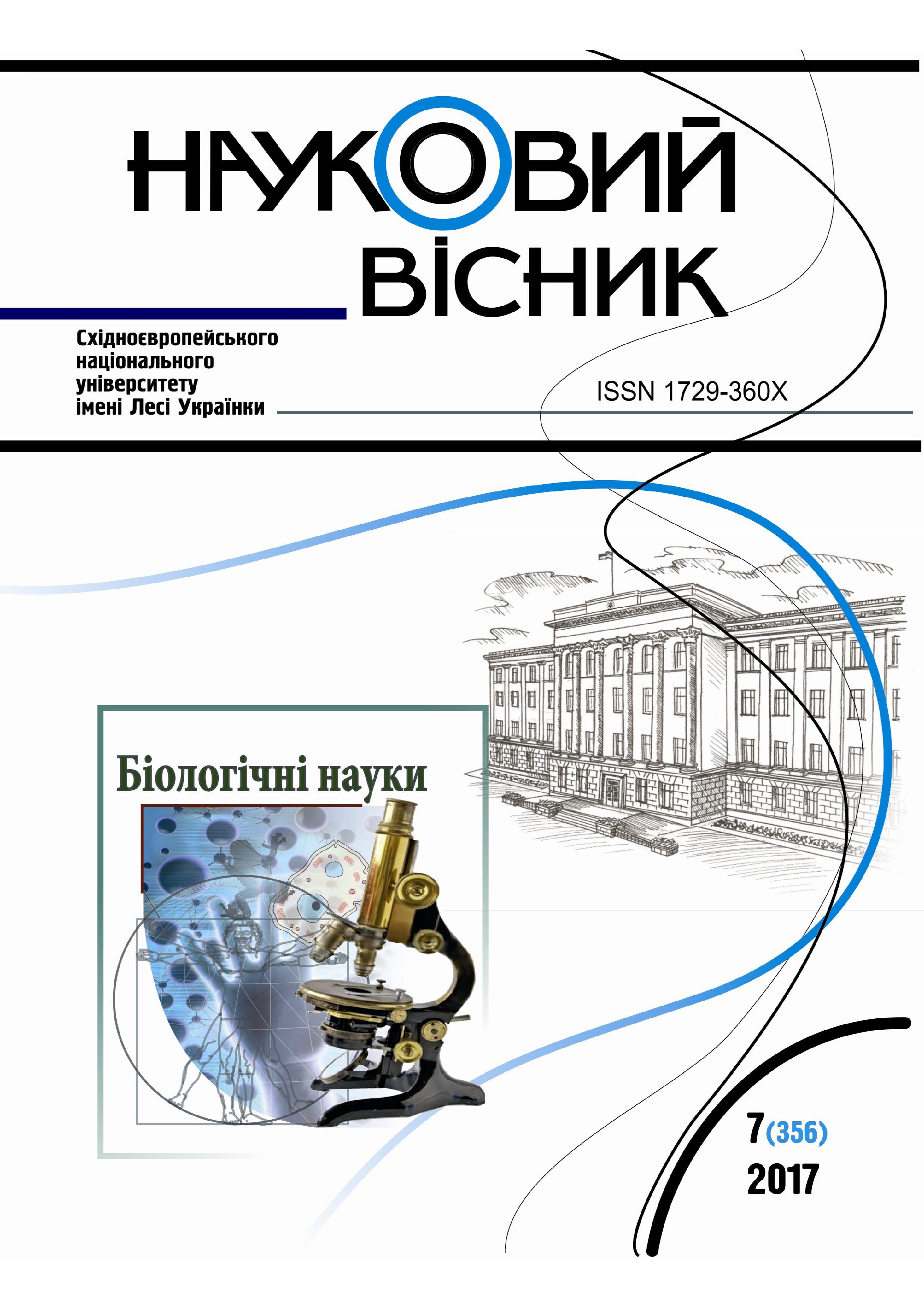The Role of Loop-like Structures in the Conformational Adaptation of Human Serum Albumin to Ligands Binding
DOI:
https://doi.org/10.29038/2617-4723-2017-356-7-243-248Keywords:
protein globule, domain, loop-like chain fragment, conformational analysis, molecular modelingAbstract
A new conformation of human serum albumin molecule has been found using theoretical conformational analysis methods. One peculiarity of the new conformation as compared to the native structure is a change of Ia domain spatial location with respect to the whole protein globule that is accompanied with a conformational change of the loop-like chain fragment 106–177. The fragment belongs to subdomain Ib and is adjacent to subdomain Ia. The new conformation differs from the original one by the absence of contacts between the fragment 106–177 and subdomain Ia, as well as by lower potential energy and higher solvation. It has been revealed that loop-like structures in proteins may possibly initiate and modulate mobility of domains, and the conformational transition of the chain fragment 106–177 may play essential role in the global conformational change of HSA when binding fatty acids. Further application of the developed model of HSA molecule will allow better understanding the mechanism of the protein structure adaptation to ligand binding.





